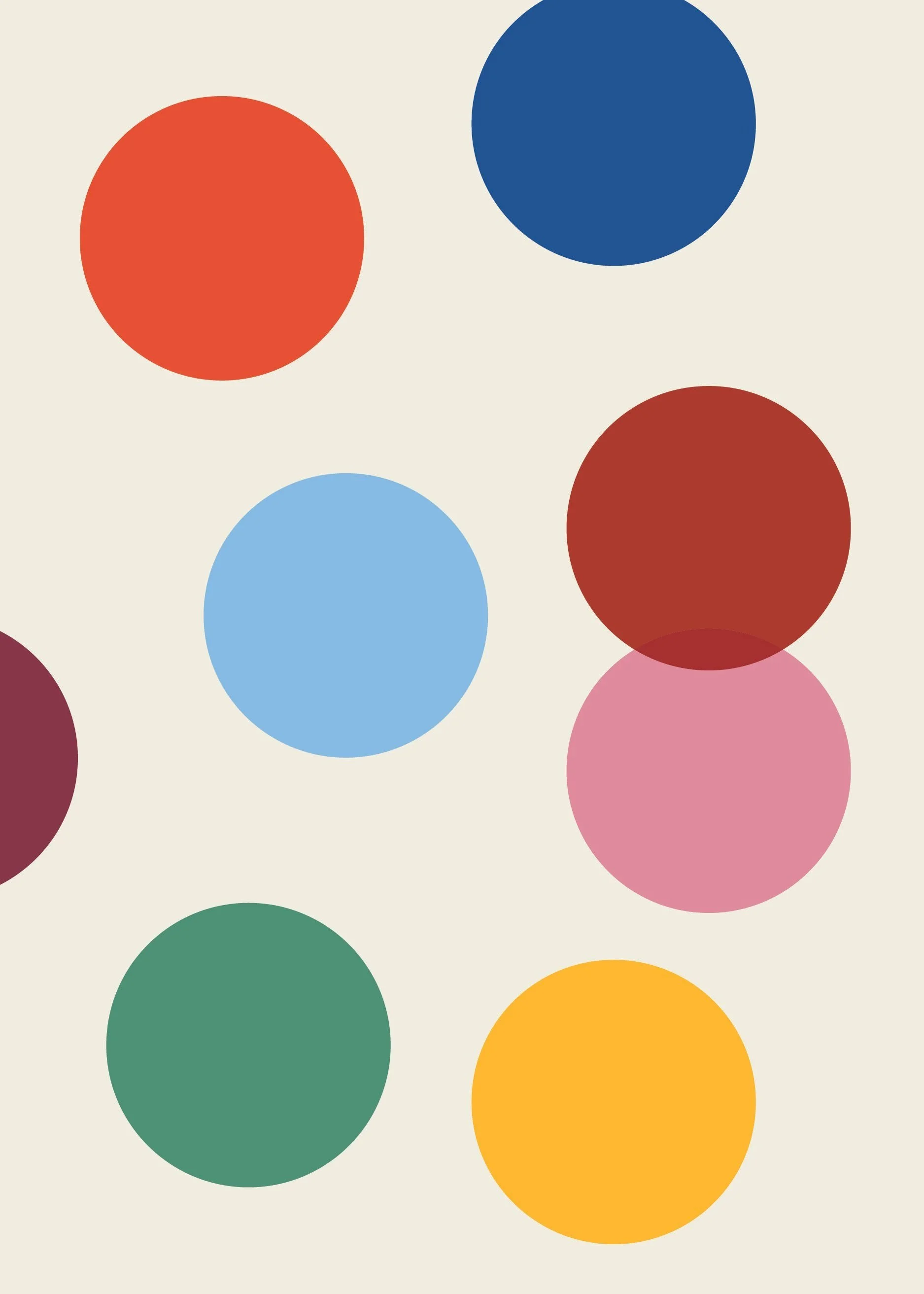Polyvalent Play
Author: Tithi Sanyal
Journal: Plat 8.0 _ Simplicity
Editors: Jack Murphy and Tiffany Xu
Polyvalence signifies an architecture suitable for multiple uses; it asks the architect to design for the “unexpected.” Its usage was first introduced to architectural discourse in 1973 by the Dutch architect Herman Hertzberger during lectures delivered at the Delft University of Technology, now TU Delft. The design of spaces for play constitutes an excellent polyvalent program, since play is the means through which children make sense of their environment and adapt to it. It provides freedom and opportunity, empowering children to make decisions on their own. As designers, parents, educators, or just adults, we are predisposed to define the nature of play and learning in toys, play spaces, and educational environments. As a result, a sense of propriety in the use of play objects and spaces might inhibit the pleasure of experimenting, creating, and destroying. While this essay is concerned with the significance of polyvalence in architectural design of play spaces, it is important to recognize that major innovations in toy design during the late 19th and 20th centuries made serious impacts in the educational and recreational environments for children. Improvements in toy design have not only reshaped how children learn through play but have also made a significant impact in the development of polyvalent play spaces at larger scales of architecture and urbanism.


